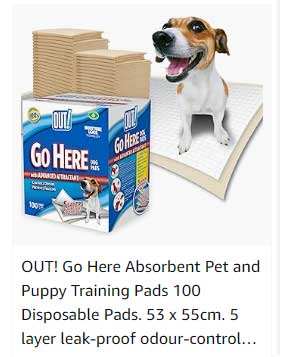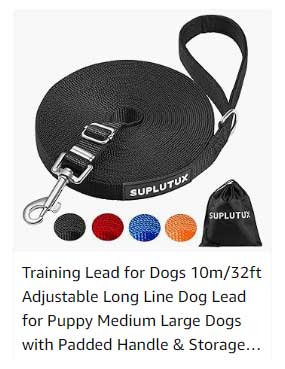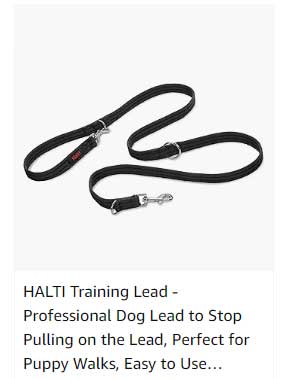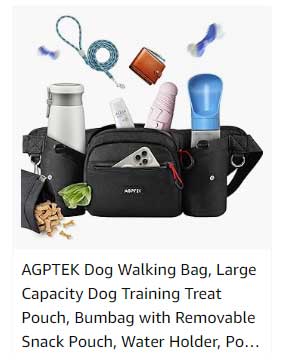If you’re a dog owner, you know that puppies and even adult dogs have a natural inclination to chew.
While chewing is a normal behavior for dogs, it becomes problematic when they target furniture, shoes, or cables.
To curb this destructive habit, many pet owners turn to deterrent sprays. But do these products really work?
Let’s take a closer look at the effectiveness of deterrent sprays in preventing dogs from chewing inappropriate items.
What Are Deterrent Sprays?
Deterrent sprays are specially formulated products designed to make items unappealing to dogs.
They often contain bitter-tasting substances or unpleasant odors that discourage dogs from chewing.
These sprays can be applied to furniture, shoes, electrical cords, and other chewable objects.
How Do They Work?
The premise behind deterrent sprays is fairly straightforward.
The unpleasant taste or smell of the spray should deter dogs from chewing the treated items.
The effect relies on the dog’s aversive reaction to the taste or scent, training them to avoid those things in the future.
Some common ingredients found in these sprays include:
- Bitter apple or bitter orange extract
- Hot pepper extract
- Vinegar or citrus scents
Do They Actually Work?
The effectiveness of deterrent sprays can vary widely based on the individual dog.
Here are a few factors to consider:
1. Taste Preferences:
Dogs, like humans, have different taste preferences.
Some dogs may find the taste of deterrent sprays so unpleasant that they avoid the item, while others may simply not be deterred.
2. Supervision and Training:
Deterrent sprays are not a standalone solution.
For best results, they should be used in conjunction with proper training and supervision.
Reinforcing positive behaviors, such as chewing on appropriate toys, is essential.
3. Consistency:
Regular application of the spray is necessary for effectiveness.
If the spray wears off or if the item is not consistently treated, the dog may revert to chewing.
4. Behavioral Factors:
Some dogs chew out of boredom, anxiety, or a lack of physical activity.
Addressing the underlying behavioral issues can prove more effective than relying solely on deterrent sprays.
5. Duration of Effect:
Many sprays require reapplication after a certain period or after cleaning the treated item.
This can be a hassle for pet owners, particularly for items that are frequently used.
Alternatives to Deterrent Sprays
While deterrent sprays can be a useful tool for some dogs, they’re not the only option.
Here are some alternatives to help manage inappropriate chewing:
Provide Chew Toys:
Investing in durable, engaging chew toys can give your dog an appropriate outlet for their chewing instincts.
Physical Exercise:
Ensuring your dog gets sufficient physical activity can reduce boredom and anxiety, which are common causes of destructive chewing.
Positive Reinforcement:
Reward your dog for chewing on appropriate items.
This positive reinforcement can encourage them to make better choices.
Behavioral Training:
Working with a professional dog trainer can help address chewing behaviors more effectively and holistically.
Conclusion
Deterrent sprays can be a useful tool in the pet owner’s arsenal, but they are not a guaranteed solution.
Their effectiveness often varies by individual dog and depends on a combination of proper use, consistency, and underlying behavioral issues.
By combining the use of deterrent sprays with other training techniques and providing engaging alternatives, you can significantly reduce unwanted chewing behavior and protect your furniture and belongings.
Always consult your veterinarian or a professional trainer for tailored advice to address your dog’s specific chewing habits.











